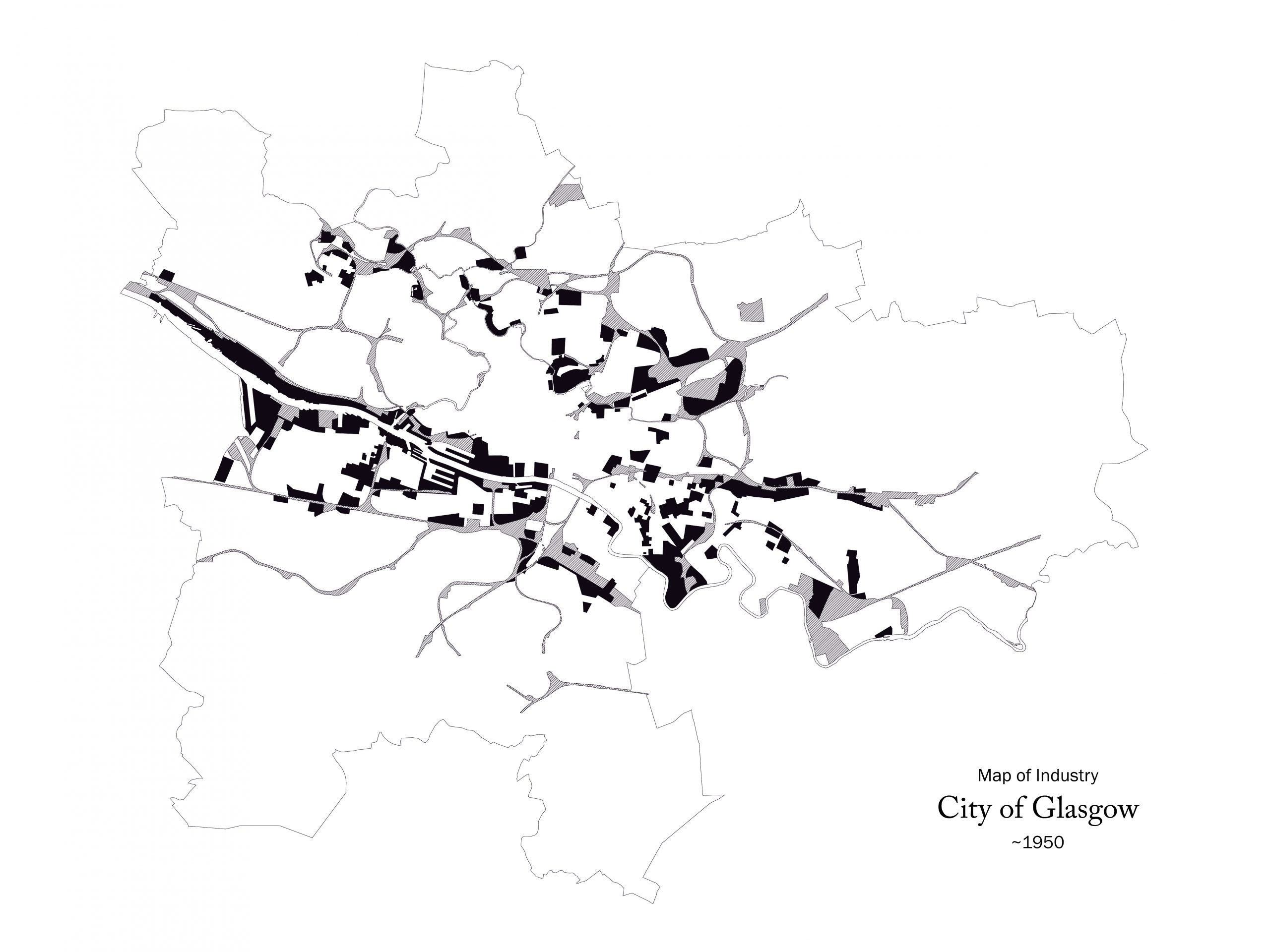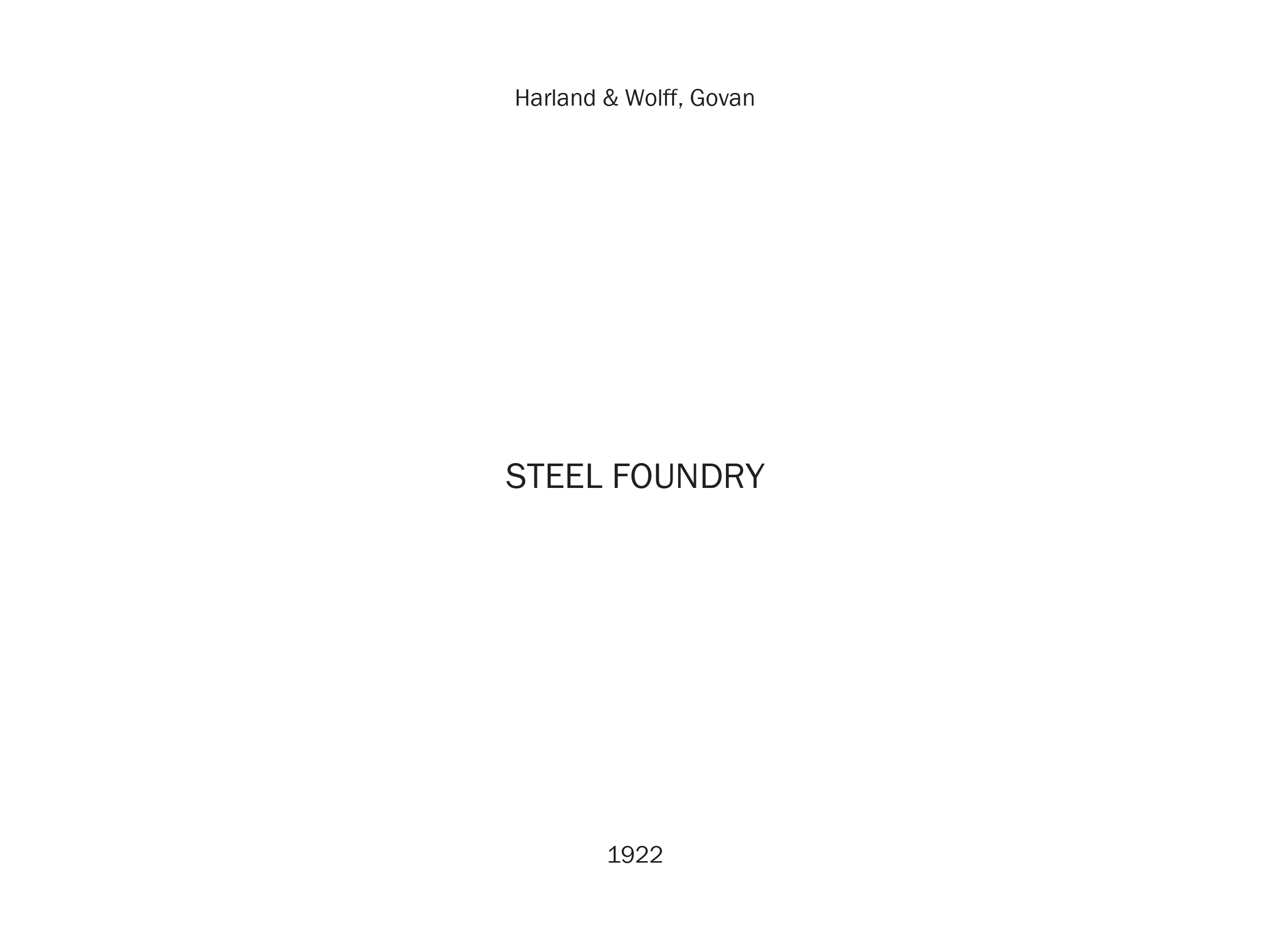For centuries, industry has defined the way that the city relates to its landscape, and this relationship in turn has bred the social conditions that define the way that we live in the city. The industrial revolution sought progress at any cost: thousands of miles of railway tracks were laid with no thought given to the land that they scarred and divided, and clusters of factories were built with no thought given to the harmful pollutants released into the air and the river.
Although heavy industry has now left the city, and the largest industrial complexes have been demolished, its legacy can still be read through the patchwork of districts, land parcels and boundaries that make up the fabric of the city that we know today. Old foundations and contaminated land are covered over with concrete, residential areas and retail parks are built on plots demarcated by old railway tracks, and the city is decorated with pockets of post-industrial wasteland.
These images begin to catalogue the lost industrial sites that gave shape to the city through its period of vast expansion. We can no longer see them, but we feel their presence, walk their perimeters, and cross their boundaries. By studying historic maps and photographs, roof plans have been drawn to explore the sprawling scale and expansive compositions of their sites, free from context.
Key Themes: Boundaries, Industry, Lost Places


